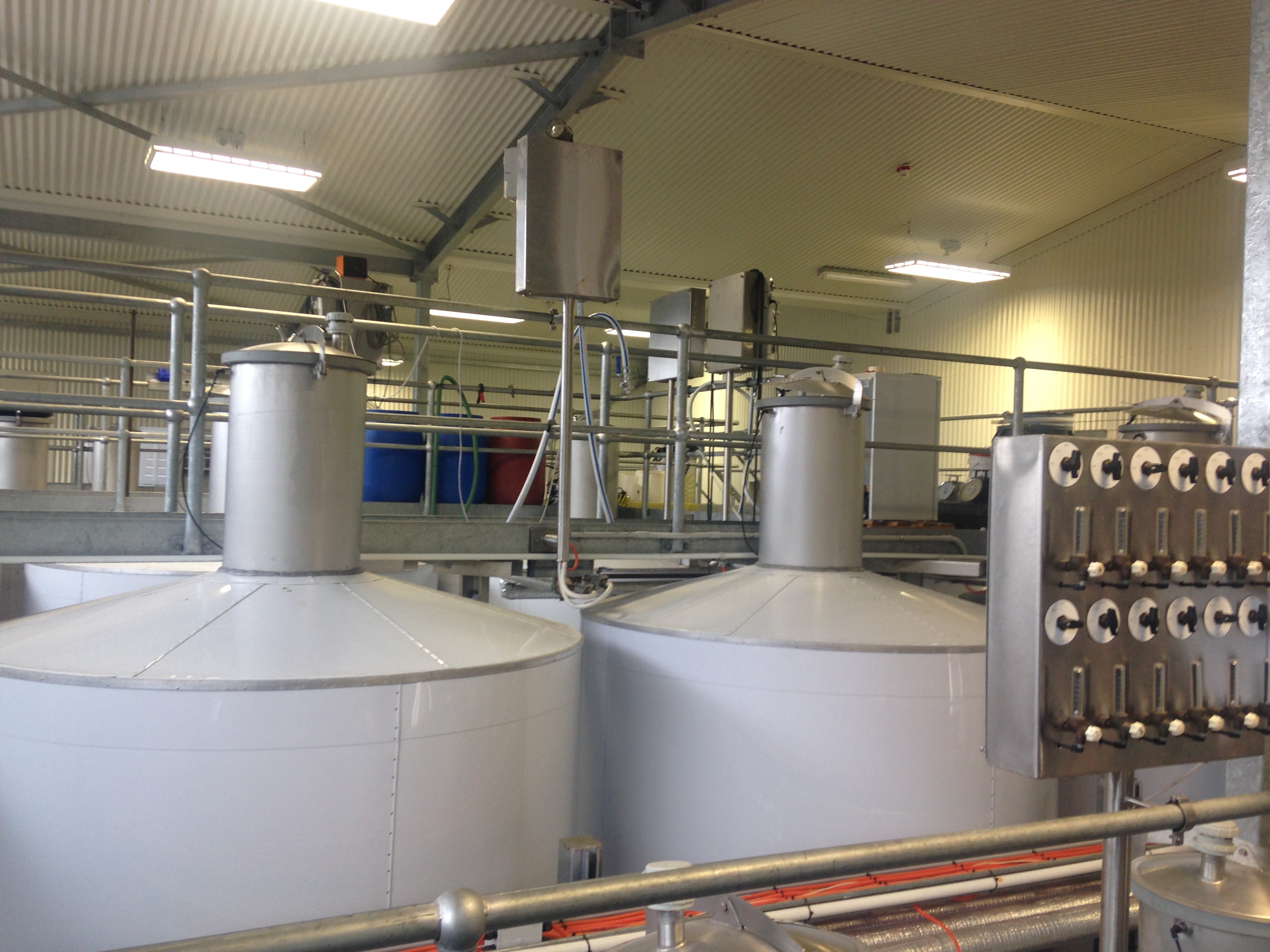When it comes to energy storage, batteries are certainly the flavour of the month, however there are other alternatives. Depending on your industry and site capabilities, you may find options such as thermal storage viable.
The below extract is written by Heather Smith, SA energy extraordinaire and Tandem Energy consultant. The article focuses on the wine industry, however it can be applied to any industry that can store heat or cold for later use.
There are an increasing number of reasons to store energy in some form.
- Energy security – to ride through short periods without electricity or reduce the electricity needed to ‘get by’
- To reduce demand at peak times
- To shift load from high to low prices price periods
- To use solar energy when it is available
Batteries are becoming popular but despite rapid reductions in cost, they are still one of the most expensive forms of storage. Diesel generators (where the energy is stored in the form of fuel) are relatively cheap but cost over 50c/kWh to run.

[1]
3.8kJ/kg is used as the specific heat for wine and brine although this varies in the range 3.7 – 4.3. Under these circumstances, lowering the temperature of a 50kL tank by 1°C is the equivalent to adding (or storing) approximately 50kWhth of cold thermal energy.
The conversion of thermal energy to electrical energy depends on the Coefficient of Performance which is essentially an efficiency measure. The refrigeration compressors should aim to run at a COP of at least 2, equivalent to an efficiency of 200%. 50kWhth will require 25kWhe electrical input at the compressor.
Small adjustments in temperature across a tank farm, therefore represent significant amounts of thermal energy that can be stored and chilling can occur at the cheapest price times.
Ice is a very effective way to store energy due to the high levels of energy absorbed when the phase is changed from liquid to solid. Different brine solutions can be turned to ice (ice storage) at temperatures which better suit refrigeration systems, such as -10°C. Storage of 1,000 kWhth might need a tank size equivalent to a 20kL tank.

